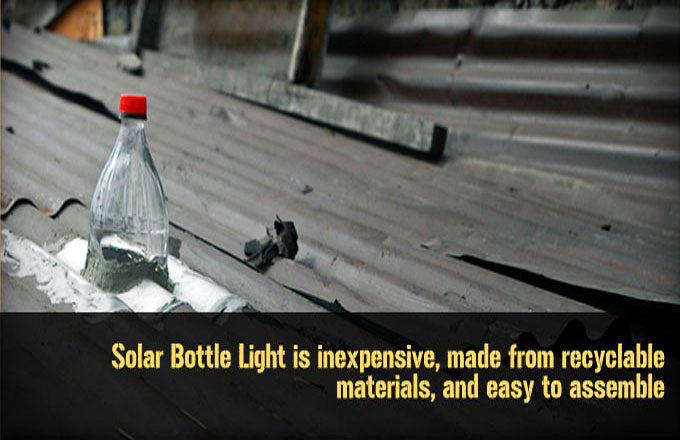This is my third entry developing some of the points we discussed during the mini-conference on the future of assessment (held on April 11, 2011). The first two entries (on audiences, and on utopias), and in my initial one before the conference (on political philosophy) were essentially analytic with a definite pessimistic lean. (School) assessments are bad for the health, and yet they are here to stay given all the powers they serve—including idealistic ones.
Robbie McClintock re-started me on a different track I briefly explored in my last contributions (2010) to the series on Comprehensive Education Ed Gordon and I edited (2008, 2009, 2010). There I mused about possibilities for forms of institutionalized education that did not proceed from schools. I am convinced that adults gain their most significant knowledge (about, say, health, emerging scientific and engineering developments, trends in high and popular culture, etc.) from institutions (for example, journalists and television reporters or producers) that are not controlled by the State. Most of these institutions do not present themselves as primarily in the education business. But perhaps they should, and draw the consequences.
McClintock emphasized the Web as another source of an education that is not necessarily packaged as, precisely, “education” but perhaps only as “information,” “entertainment,” etc. Some writers and producers for the Web may present themselves as educating but none, at this moment assess what one may learn by reading their offerings. Yet, as McClintock pointed out, the new technologies, as they are evolving, afford for possibilities for ongoing, real time assessment that older technologies (for example the printing press) do not afford.
This is intriguing. Time for a little science fiction.
Imagine a new Google service. At this moment, Google answers questions of the type “where can I find about X?” Whether the seeker is satisfied or not with the answer, whatever the seeker does with answer, Google remains silent after providing a list of possible answers ranked by Google’s best guess as to the seeker’s intent. If the seeker is dissatisfied, he may ask again and Google will answer, but Google has no memory of what this seeker asked and Google’s answers will not evolve as answers do evolve when, say, a child ask a parent about X. So, last week, while writing my preceding blog entry, I looked for the creationism museum I had read about. I entered “creationism” in the Google box (search page saved on of 4/20/2011), clicked on the first of 3,150,000 results (a suspiciously ‘round’ number), and found myself in the Wikipedia entry that started, on that day, with “creationism is the religious belief …” There are no links to the museum in that entry, and so I asked Google again, found that it was second in its list of possibilities (and I also found out, serendipitously, a “Conservapedia” with an entry on creationism that is close but interestingly different from Wikipedia’s. I am, of course, on my way to educating myself about creationism—not so much as a belief but as an institution with, among others, curricula experts quite deliberately teaching that which School people are quite sure should not be taught. But Google never intervened in my education.
Imagine that Google did intervene. Imagine that Google, as run by some revolutionary government, traced my queries, adapted its answers to my renewed queries and, mor or less insistently started asking me about my beliefs and worked at correcting them. Parents do this with their children. And school teachers do this with their pupils. Why shouldn’t Google?
I suspect that the technological infrastructure of such a service is already in place and that it would not take much tweaking of the various flavors of social software already available to make them serve the new function.
The challenge is multiply institutional. Who is to start it? Fund it? Control it? Who is to credential (authorize) the persons or software assessing self-sought knowledge in real time? Who is to establish the curriculum and it goals to which seekers are to be brought back even as they explored far and wide? Individuals, clubs, associations, etc., may already provide feedback in the sense that their web sites are less informational than argumentative. For example, the fifth set of links to ‘creationism’ on Google mostly lead to “atheist” web sites specifically addressing creationist links and debunking the claims.
I have never heard of States getting into this as deliberately as States get in the business of setting school curriculum.
The libertarian and anarchist in me whispers: why would you want the State to get involved? The school critic from the left and the neo-liberal from the right might ask the same question. States have a wonderfully awful (or is it awfully wonderful?) track record of setting the curriculum for the mass populations they govern. Why would they do better with real time ongoing assessment than they have with the usual forms of test or examination based assessments for which schools are (in-)famous?
The statist in me begs to differ. Free, state regulated, public schools have done much that is good in transforming what is to count as the knowledge on which public and private lives should be based, as well as the means for the production of such knowledge. Rationally based, modernist (?) expertise should probably remain at the core of what States support, propagate, and assess as, precisely, rationally based. If Latour (1993 [1991]) is correct, “We may never have been modern.” Modernism itself is a cultural construction that must be reconstituted on an ongoing basis to remain the order of the day. True enough, but what else might we wish to build?
What ongoing assessment software should be now build?


